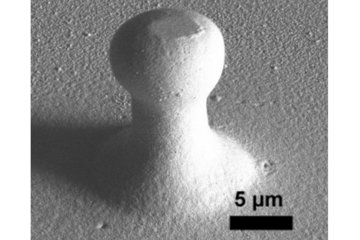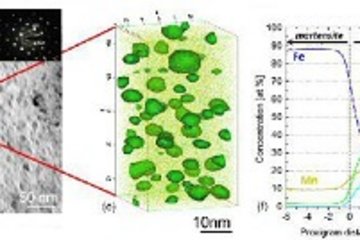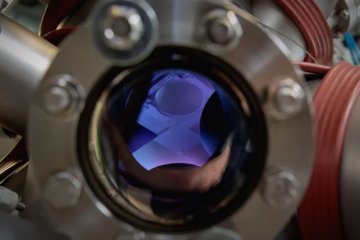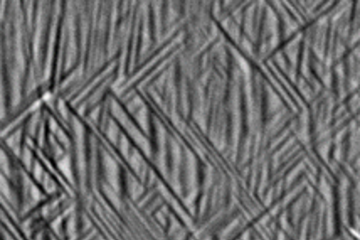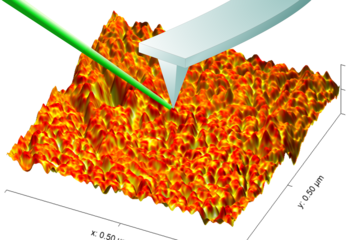All genres
221.
Poster
Magnetic contributions to the free energy of iron. ICAMS Scientific and Industrial Advisory Board Meeting, Bochum, Germany (2009)
222.
Poster
The free energy of iron: Integrated ab initio derivation of vibrational, electronic, and magnetic contributions. International Workshop on Multiscale Materials Modelling (IWoM3), Berlin, Germany (2009)
223.
Poster
Importance of magnetism for the thermodynamics of bcc iron: An ab initio study. Summer School 'Nanomagnetism and Spintronics', Prague, Czech Republic (2008)
224.
Poster
Importance of magnetism for the thermal expansion of transition metals: An ab initio study. Spring meeting of the German Physical Society (DPG), Berlin, Germany (2008)
225.
Teaching
Introduction to Quantum Mechanics in Solid State Physics. Lecture: WS 2022/2023, Ruhr-Universität Bochum, 2022-10 - 2023-03
226.
Preprint
Modelling Surface Segregation in Compositionally Complex Alloys with Ab-Initio Accuracy. arXiv (2022)




